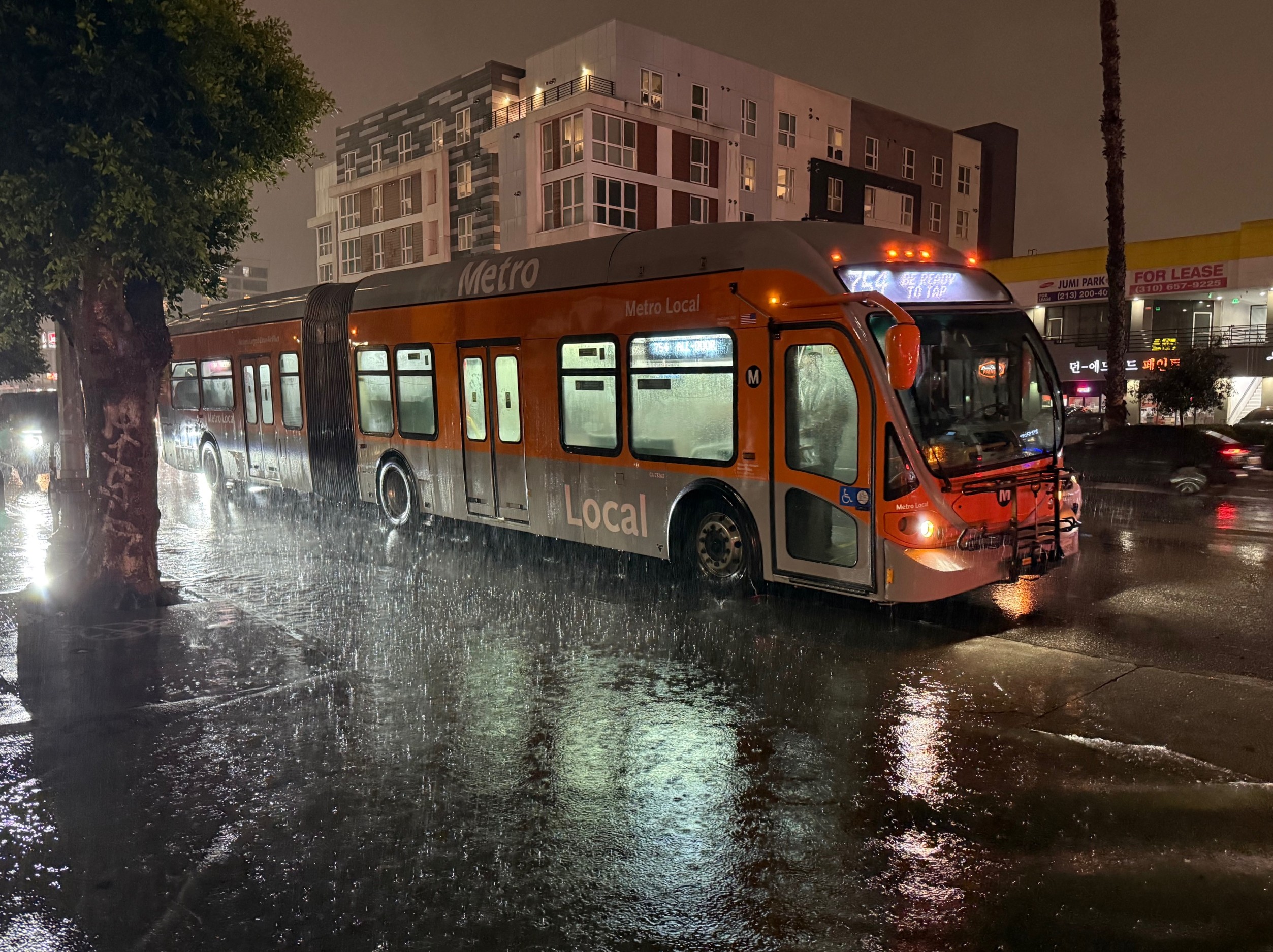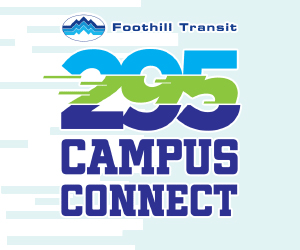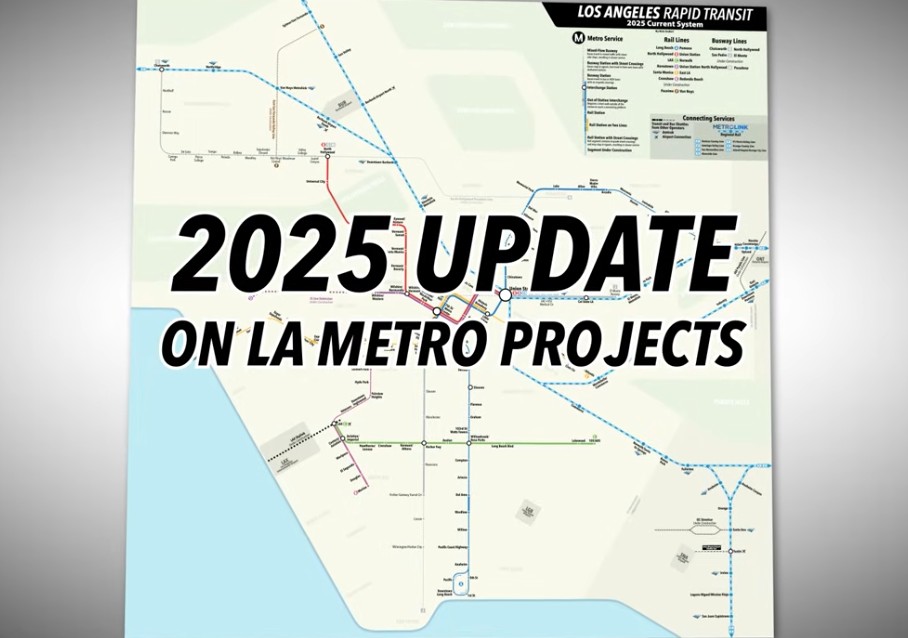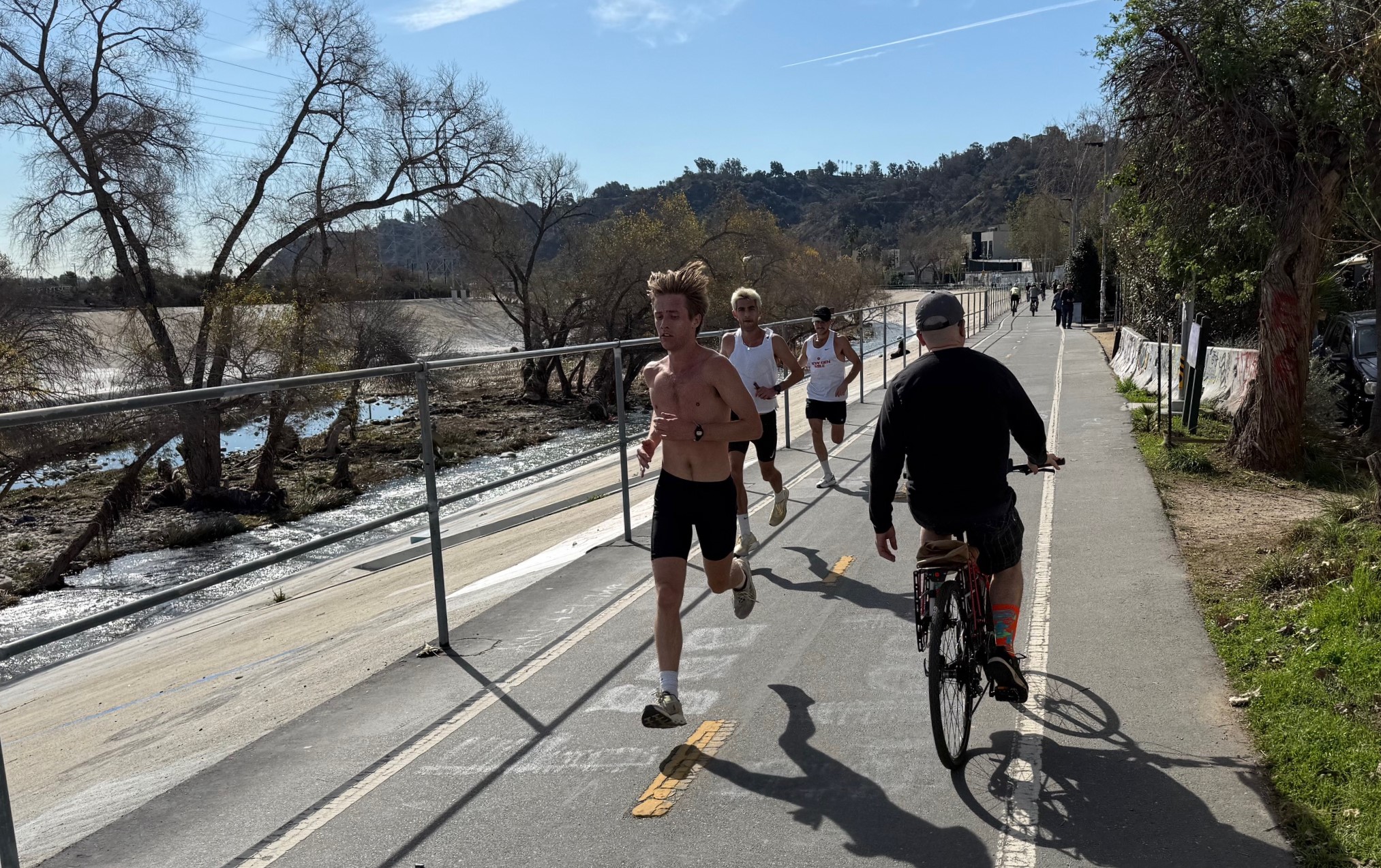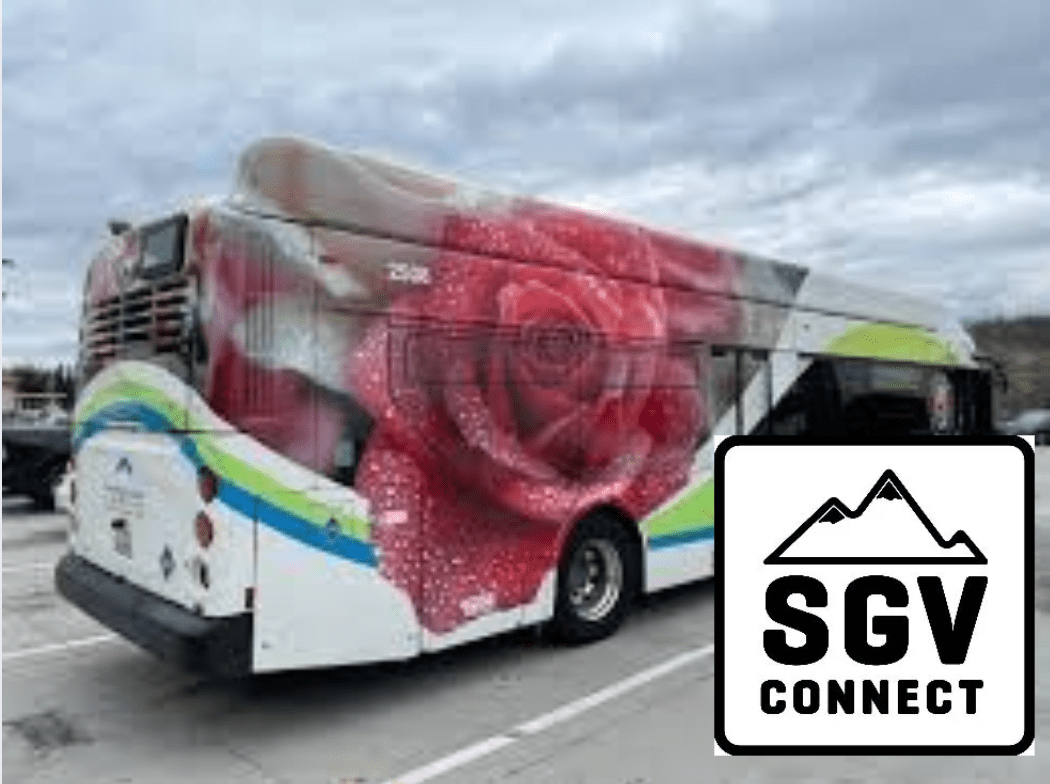Metro plans for run-through tracks at Union Station are back. The delayed not-fully-funded "Link US" project faces another Metro board approval, but that's the easy part. The much needed improvements now face potential new delays over a planned relocation of a short stretch of private rail storage tracks.
Since it opened in 1939, Union Station has operated with inefficient stub-end tracks. Essentially trains nose into the station, then have to reverse to get out. Metro estimates that fixing this will increase Union Station capacity from 180 to 278 trains daily and reduce train dwell times from ~20 minutes to ~5 minutes. Link US would improve rail service for riders on Metrolink, Amtrak, and future CA High-Speed Rail.
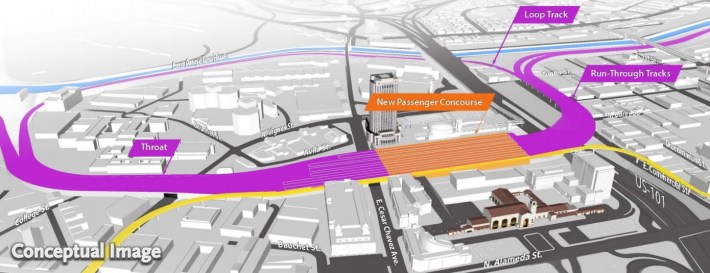
The mega-project includes building new bridge structures over and along the 101 Freeway and extensively retooling of the historic station - all while keeping trains running. Early estimates anticipated Link US would cost around $3 billion; now just the initial phase (mainly extending tracks over the 101) could cost that much.
Union Station run-through tracks are a critically important upgrade that will greatly expand rail capacity. Many rail travelers - and probably all rail-geeks - understand this, but the benefits are insider-y enough, that there is no serious Link US project champion on the Metro board. Nobody at Metro opposes it, but it's not quite a top priority for anyone.
For at least a decade, the Link US project has proceeded in fits and starts. The project underwent a community input process that spent a bit too long considering some ill-advised alternatives. In 2019 the Metro board approved what appeared to be final project designs and environmental studies. Even at that time, the board was trimming the overall Link US plan to try to arrive at an initial phase that would proceed with funds already secured.
But construction costs still exceeded funding at hand, throwing the project into limbo - and out of contention for a possible pre-2028 Olympics opening.
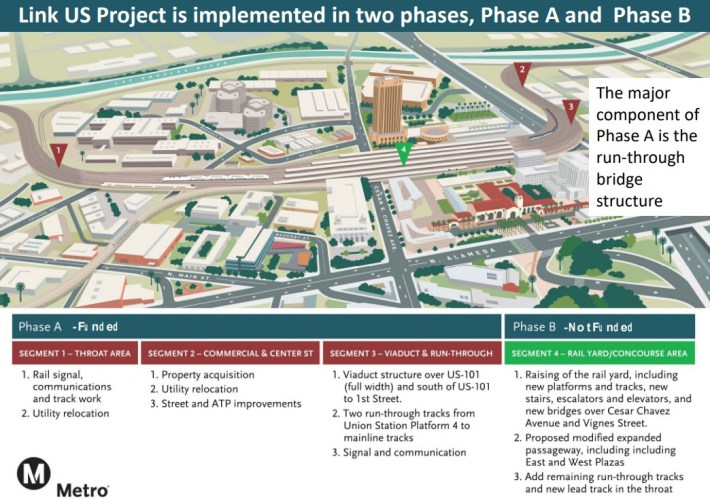
In 2022, Link US returned to the Metro board, which approved proceeding with an early pre-construction phase - mainly property acquisition and demolition - as designs are being finalized. Some demolition is wrapping up.
The Link US project was back at the Metro board this week.
The item [staff report] before the board is approving the project's environmental studies - a somewhat revised version of what the board already approved in 2019. The new plan was discussed in committee meetings this week, where new contentions have arisen that have little to do with Union Station itself, but are centered in the "exclusively industrial" city of Vernon, about three miles south of Union Station.
How did Vernon get involved in all this?
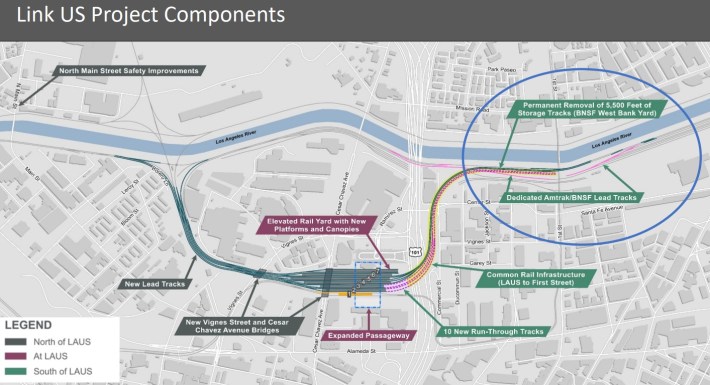
Metro's Link US tracks over the 101 will connect to existing rail along the L.A. River. That connection requires removing 5,500 feet of storage tracks in the BNSF West Bank Yard, where BNSF assembles freight trains. Metro offered to buy these tracks, but BNSF refused.
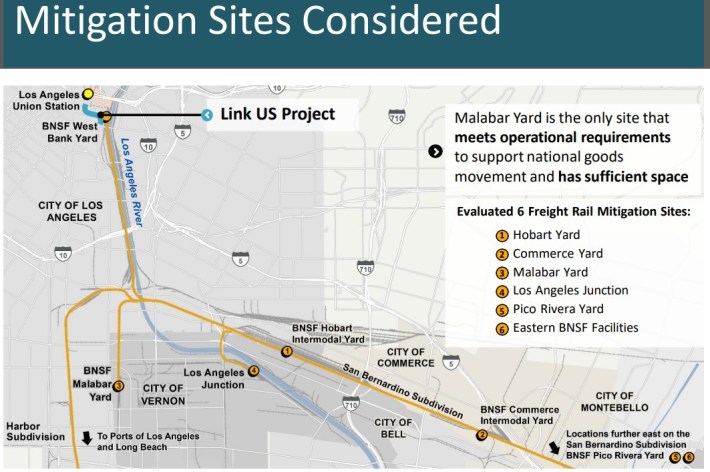
Metro worked with BNSF to look at other locations for storage tracks. Metro and BNSF settled on expanding BNSF's Malabar Yard, located in Vernon. So railyard expansion in Vernon became part of the scope of the Union Station project.
And Vernon doesn't want this.
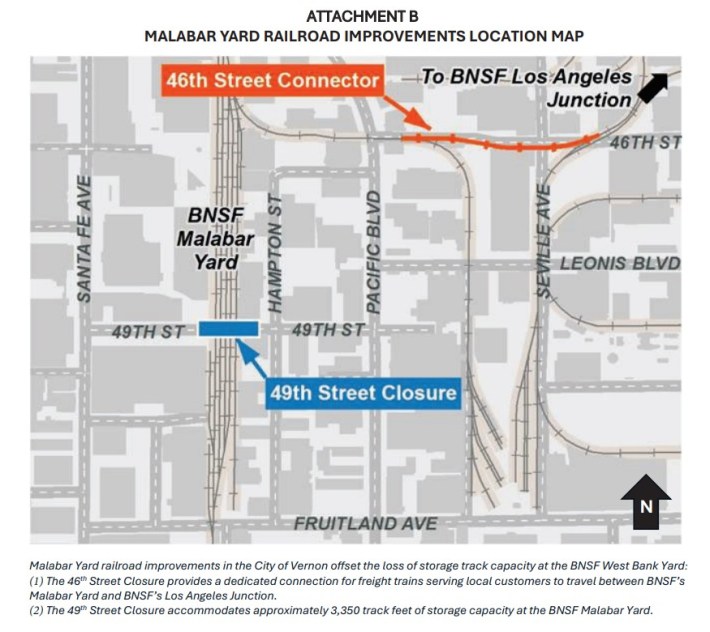
To mitigate the mitigation, Metro met with Vernon and promised various community benefits: new train safety features, new bus shelters, new crosswalks, etc.
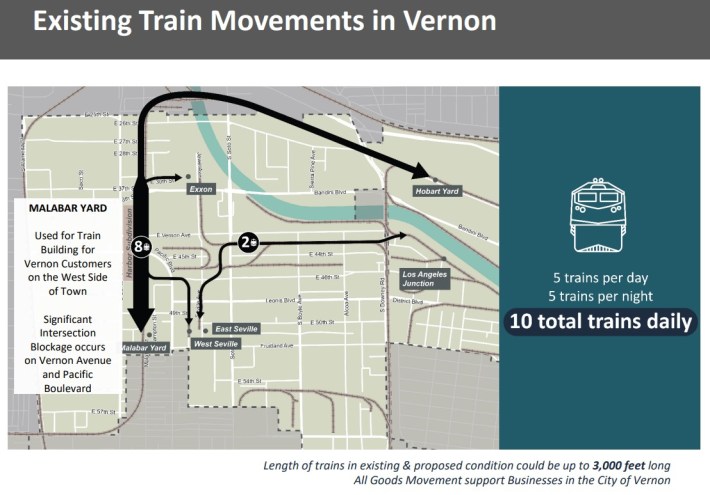
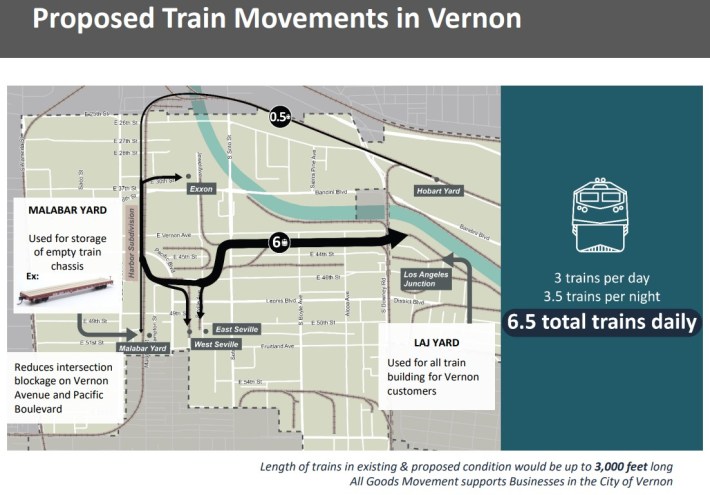
Metro claims that the changes at Malabar Yard would create efficiencies leading to fewer trains impacting Vernon.
At this week's Metro committee meetings, Vernon representatives noted that BNSF has long sought these changes at Malabar Yard, but the city refused to permit them, citing impacts to air quality and to neighboring businesses. Vernon representatives disputed Metro claims of reduced train activity, requesting that BNSF actually commit to that in writing, via some kind of binding operations plan.
Vernon's lawyer stated that the city might sue Metro to block Link US.
The two Metro committees that considered the item ended up not approving it, but sending the Link US decision to the full Metro board meeting next week.
At the Metro Executive Management Committee meeting, L.A. County Supervisor and Metro boardmember Janice Hahn spoke about the difficulties of working with BNSF, and efforts Metro had undertaken to bring the various parties together. Hahn proposed a sort of can't-we-just-all-get-along motion, which was approved by the committee.
It's not clear where this all goes. Perhaps, Metro leadership can pull together an arrangement that satisfies BNSF and Vernon, both of which have reputations of being hard to work with. One hopes the arrangement won't mean further cost increases or further delays for this essential project.

